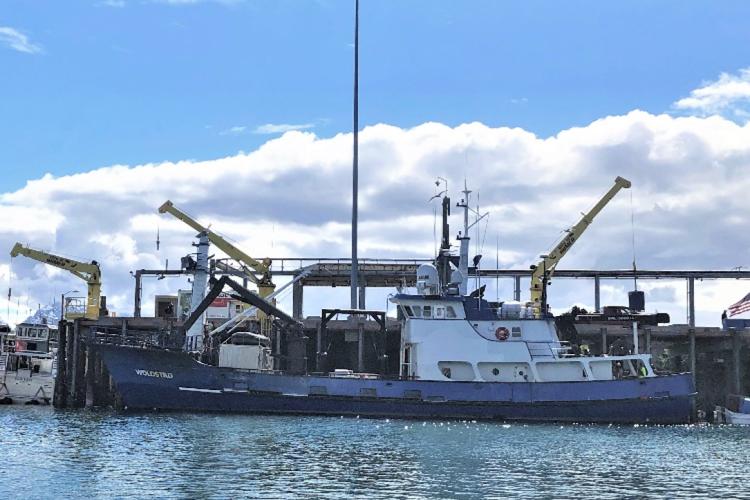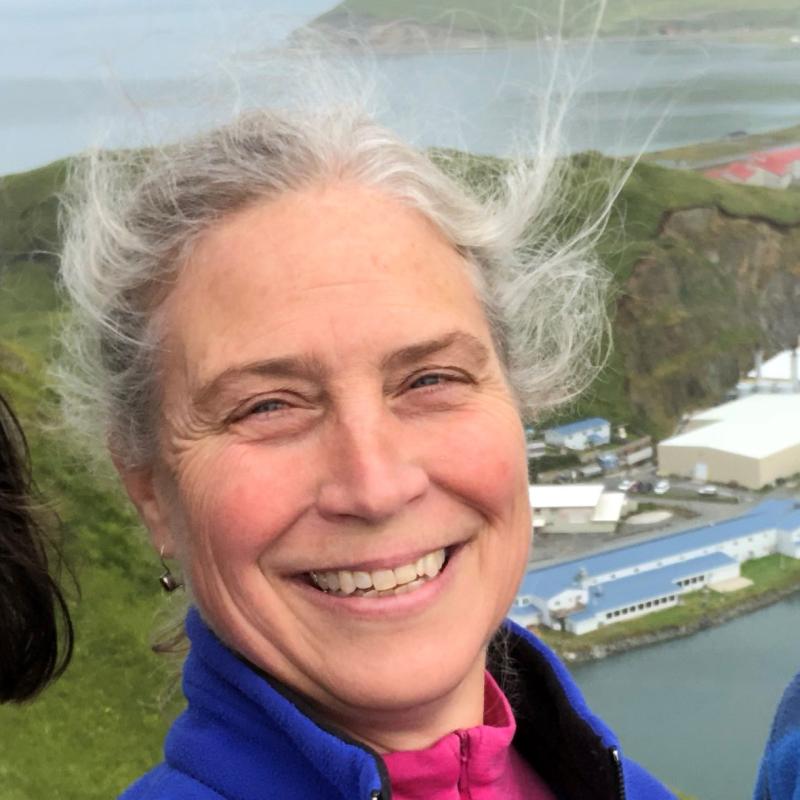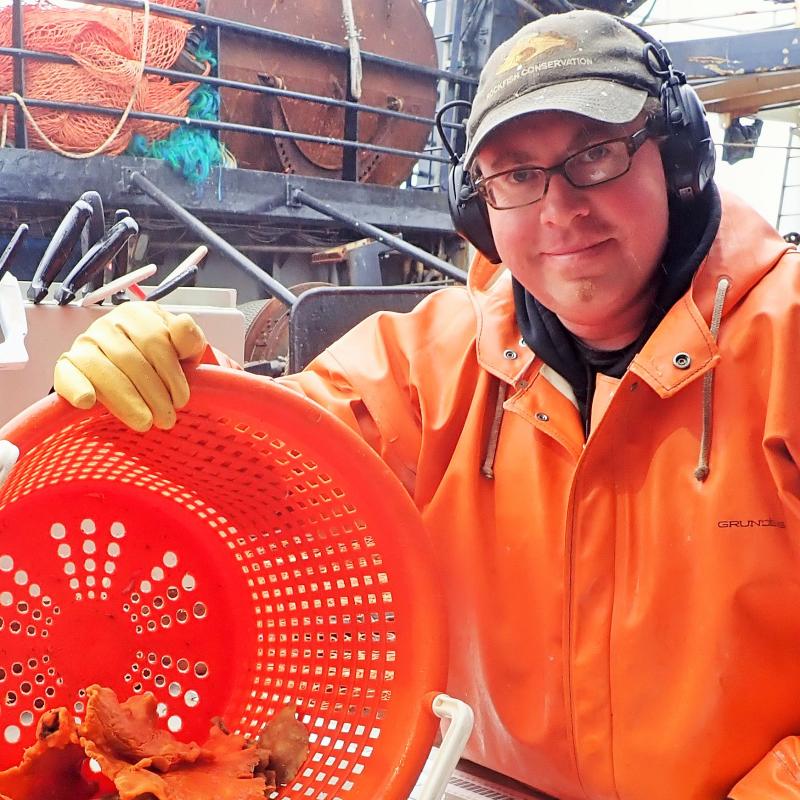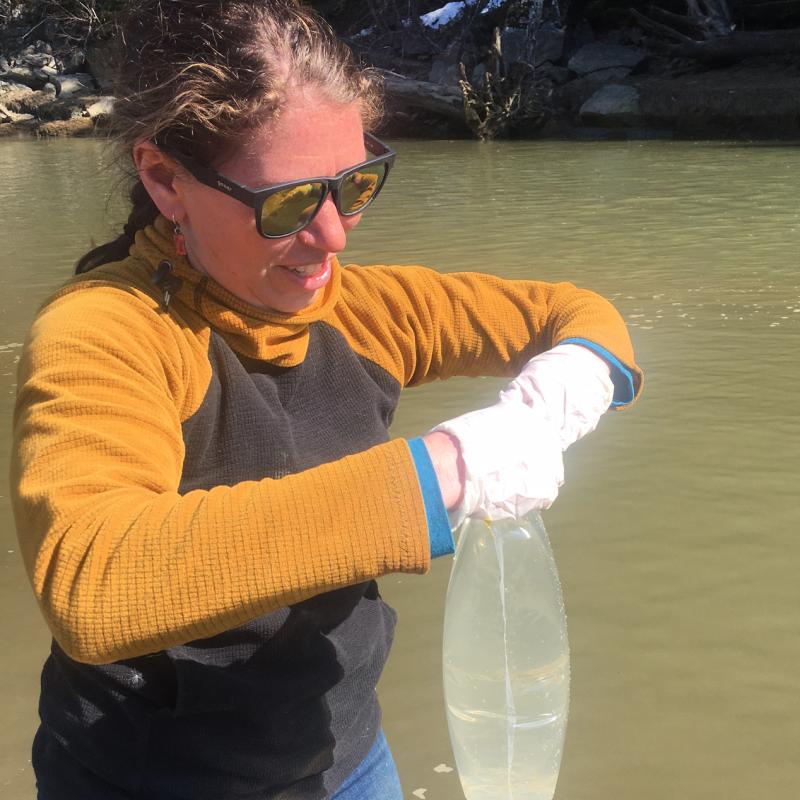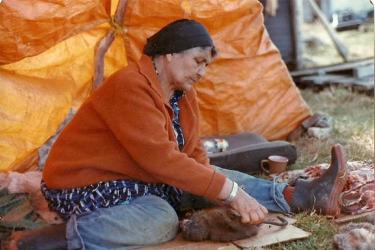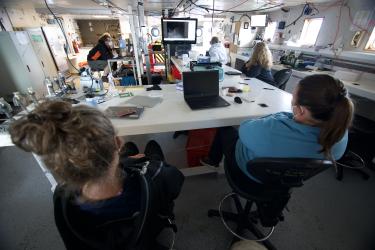You might think of corals and sponges and picture a sunny and shallow tropical reef, but they are also widespread throughout Alaska. In fact, Alaska is home to some of the most abundant deep-water corals and sponges in high-latitude systems in the world. Their beautiful forms and structures, unique adaptations and supporting role for the larger deep-sea ecosystem define a distinctive habitat we've only just begun to explore.
The goal of this expedition is to use a stereo drop-camera system to collect video and environmental DNA (eDNA) to check the accuracy of previously developed predictive models. These models provide information on the distribution and abundance of deep sea corals and sponges in the Gulf of Alaska. Getting to this stage takes planning and hard work. This blog entry is about the anticipated and sometimes unexpected challenges that we encounter every time we prepare for an expedition, particularly when we are working with new technology.
Projects are almost never simple and straightforward. Planning for this expedition began in 2020, as part of NOAA’s Deep Sea Coral Research and Technology Program Alaska Coral and Sponge Initiative. Preparing for an expedition requires us to anticipate, procure, pack, and ship everything necessary to operate and troubleshoot all of our systems before we get onboard. In many cases, we must also work with ship personnel long before we arrive to design, build, modify and install equipment that will be essential for supporting the survey.
Our home and research laboratory for the next several weeks will be the chartered research vessel the Woldstad. The Woldstad is a 121’ steel vessel built originally for the State of Alaska to patrol the icy waters of the Bering Sea and Aleutian Islands. Our first day aboard the vessel was spent unpacking gear, modifying systems, and integrating the equipment with the ship. The entire expedition team includes people that work to support ship and science operations. This includes those collecting video observations and eDNA samples to make comparisons with visual observations of coral, sponge, and fish. As you can imagine, there is an incredible amount of communication and coordination required among all expedition team members both in advance and during an expedition to best ensure success.
The primary sampling tool that we will use during this expedition to look for corals and sponges is a stereo drop camera system. The exterior of this equipment consists of a cage constructed from aluminum tubing, which is used to protect the delicate camera and electronics. The heart of the system consists of two machine-vision cameras in underwater housings. One of the paired cameras records black and white still images, while the other camera collects color images. Lighting is provided by four LED strobe lights. This is important, because only the surface oceanic waters (the upper several hundred meters) have sufficient light for the cameras. The computer, cameras, and lights are powered by a battery pack.
The drop cam is controlled using an electric winch. A coaxial cable provides the connection from the drop camera system to the winch at the surface. This cable allows the camera to be raised and lowered, and is used to transmit images for real-time viewing. This allows active control to maintain a consistent camera height off the seafloor and avoidance of obstacles.
After conducting our calibrations, troubleshooting some bugs with our winch, and getting a few sites under our belts we are headed south, towards Southeast Alaska.
